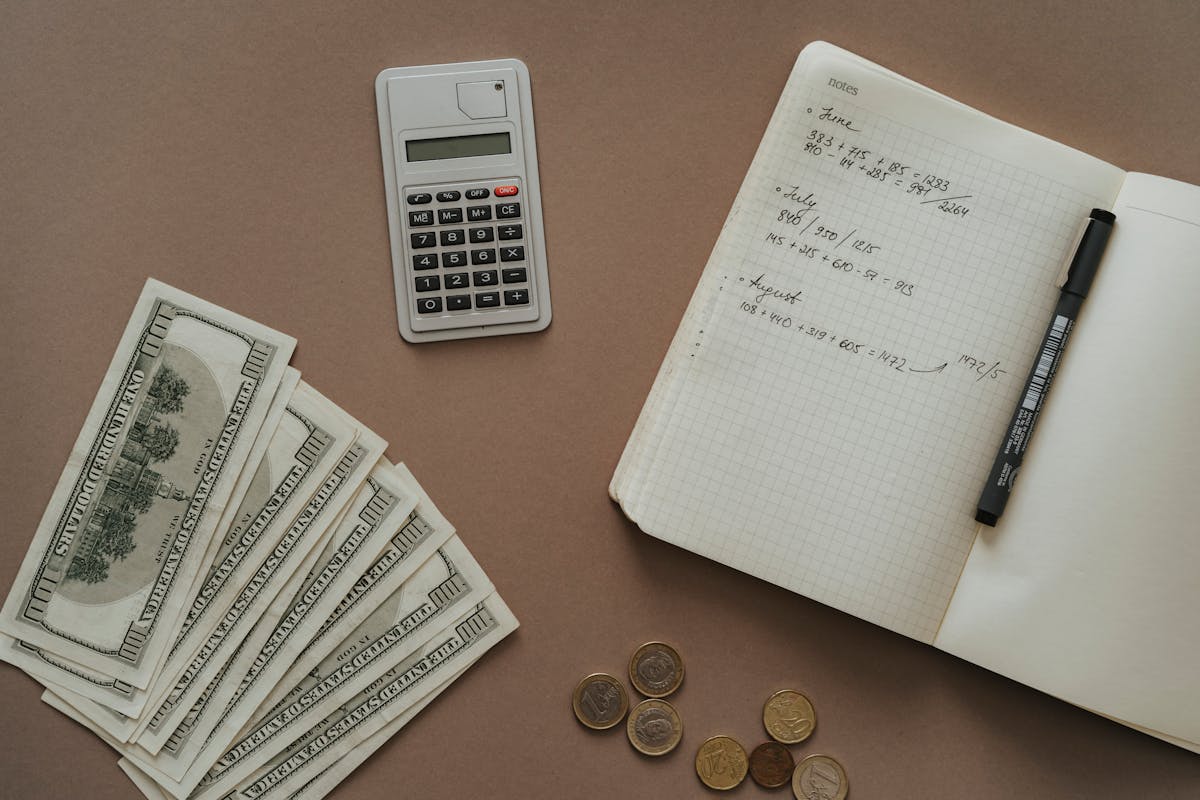
Emergency Fund for Companies: Step by Step to Create One!
According to Dow , the year 2023 exceeded the number of bankruptcy and judicial recovery requests of the last period: there was an increase of 52% . One of the ways to avoid entering these statistics is to set up an emergency reserve for the company and ensure survival during unforeseen events.
And when we talk about unforeseen events, we include major economic crises and their consequences, such as loss of customers, high interest rates and higher expenses to maintain operations. In addition, there are unexpected maintenance tasks, the need to lay off and/or hire employees, among others.
In other words: it is essential that the entrepreneur has money saved for possible extra needs and does not impact the financial health of the business .
If you have a transport company, for example, it is vital to have resources to deal with breakdowns and replacements of vehicle parts and equipment, as well as cargo losses.
But how do you do this? Keep reading to learn what an emergency fund is, its importance, how to define the ideal amount, and how to create a fund to deal with eventualities along the way.
What is an Emergency Reserve for a Company?
The emergency fund for a company, as the name suggests, is an amount saved to be used in possible unforeseen events, that is, emergency situations. Such as maintenance , dismissal and hiring of new employees, periods of seasonality, loss of customers, economic fluctuations, etc.
We highlight here that there is a difference between the emergency reserve and working capital :
- emergency reserve : amount used only in emergency and unexpected situations, and cannot be used to pay regular bills;
- Working capital : money saved to pay short-term bills, such as rent, salaries, inventory, supplies, fixed bills (electricity, water, gas, internet, software), among others. It is saved for expected expenses.
How Important is an Emergency Reserve for a Company?
Having an emergency fund is essential for a company to keep its accounts up to date and optimize its financial management. In addition, another important factor is avoiding bankruptcy due to a lack of capital to carry out maintenance, hire employees and invest in the business.
After all, companies also suffer unforeseen events and need to deal with unexpected situations that require spending.
Imagine a transport company not having enough resources to repair its vehicles? Or having to turn away customers because it has too few drivers to make deliveries?
Not having an emergency fund can cause some problems that are considered simpler and quicker to resolve to snowball, directly affecting the finances and longevity of the business.
In general, the biggest benefits of creating an emergency fund for your business are:
- have financial resources to deal with unforeseen events;
- avoid loans and financing with high interest rates;
- improve corporate financial control;
- avoid or reduce the impact of economic crises, becoming resistant to sales fluctuations;
- ensure working capital and accounts are always in the black;
- optimize financial planning .
How to Calculate The Emergency Reserve for a Company?
To define your company’s emergency reserve, it is vital to understand your monthly operating costs and their possible variations according to the time of year. It is recommended that the business has 6 to 12 times the value of its monthly expenses .
So, the key is to start small and always set aside a portion of your profits to save in this fund. And, of course, the amount you save should not impact your monthly bills. Think about a realistic amount that you can save each month.
How to Create an Emergency Reserve for a Company?
Once you know how to calculate your company’s emergency reserve, it’s time to define your goals and implement efficient measures to maintain discipline and consistency in this investment.
And the best part is that there are several paths to follow depending on your financial health, business model, sector and region of operation, among others.
Below we present tips on how to create an emergency reserve for your company and keep it healthy and growing continuously.
- Analyze your current financial situation and understand all your income and expenses, that is, accounts payable and receivable.
- Make a financial plan and set goals and deadlines.
- Develop strategies to reduce operating costs and increase monthly savings, without affecting the quality of the product or service.
- Determine the amount of emergency fund and working capital to be saved each month.
- Invest the capital you save to make it yield more. After all, money that is idle is money that is devalued.
Where to Invest Your Emergency Fund?
The best investments for a business emergency fund are those that are low risk and highly liquid. In other words, they are less affected by market fluctuations, have a shorter term and allow you to obtain the money invested quickly.
Therefore, if you need to use part of the amount invested, it will be easy to access.
And this does not happen with investing in shares. They are considered riskier, volatile and medium to long-term investments.
But where should you invest your emergency fund? It is recommended to invest in fixed income with immediate liquidity. Some examples are:
- Direct Treasury;
- LCA/LCI;
- CDBs with daily liquidity.
How to Invest in Company Growth?
In addition to maintaining your working capital and emergency reserve, it is essential to think about making periodic investments in the company with a focus on scalable and healthy growth.
One way to invest in the long term, with monthly installments, and obtain high-value assets is through a consortium. This type of self-financing allows you to plan for fleet renewal, for example. Or to acquire new vehicles and increase your service capacity.